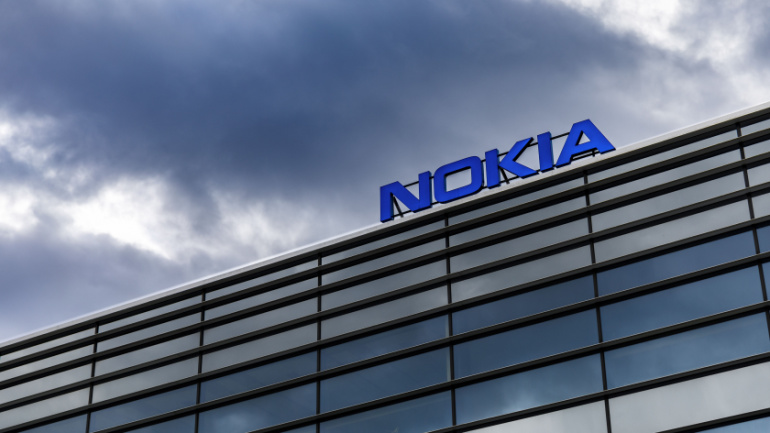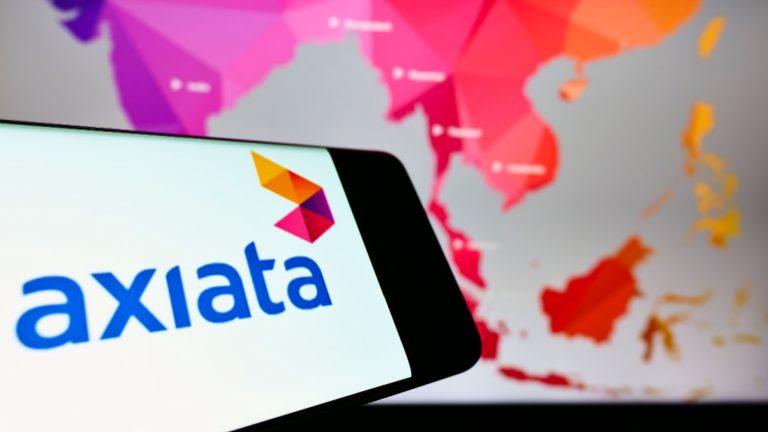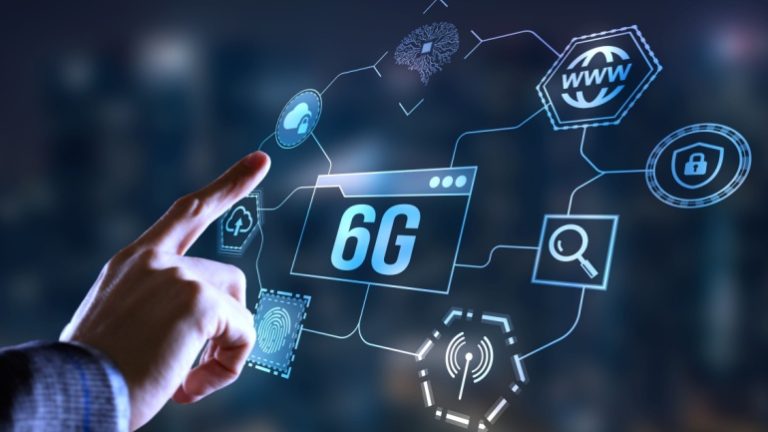
Finnish kit vendor Nokia claims to have broken a world record in 5G speed, achieving this feat over a relatively long distance in a test environment. The millimeter wave (mmWave) bandwidth has often been criticized for having poor propagation characteristics, such as limited range and penetration. However, recent developments show that the technology is making progress in overcoming these limitations.
The testing took place at the OuluZone facility in Oulu, Finland, where Nokia managed a 5G fixed wireless access (FWA) downlink speed of 2.1 Gbps and an uplink speed of 57.2 Mbps over a distance of 10.86 kilometers. Although this test environment is not representative of real-world, commercial settings, this achievement is noteworthy, as it demonstrates both the speed and distance capabilities of mmWave technology.
Ari Kynäslahti, Head of Strategy and Technology at Nokia Mobile Networks, said, “We just set a new speed record for extended range 5G mmWave. This demonstrates that mmWave solutions will be an essential building block for operators to efficiently deliver widespread, multi-gigabit 5G broadband coverage to their customers in urban, suburban, and rural areas, complementing sub-6 GHz spectrum assets.”
To achieve this impressive feat, Nokia utilized 800 MHz of 24 GHz spectrum. The company is particularly eager to showcase the Nokia FastMile 5G PoC CPE, a contributing piece of kit that appears to have played a major role in the test’s success. This pre-commercial unit is currently being trialed by operators, and if it can replicate the performance demonstrated in the test environment, it could become a significant player in the rapidly growing FWA market.
While these results come from a controlled test environment and do not guarantee similar performance in commercial deployments, they do indicate progress in addressing the range and penetration issues often associated with mmWave technology. As a result, mmWave solutions may soon become a valuable asset for operators, enabling them to provide widespread, high-speed 5G broadband coverage to customers in various locations.
In conclusion, Nokia’s recent test results demonstrate promising progress in the development and implementation of mmWave technology. Although we are still some way from real-world deployment, these advances hold significant potential for future 5G coverage and the overall growth of the FWA market.




